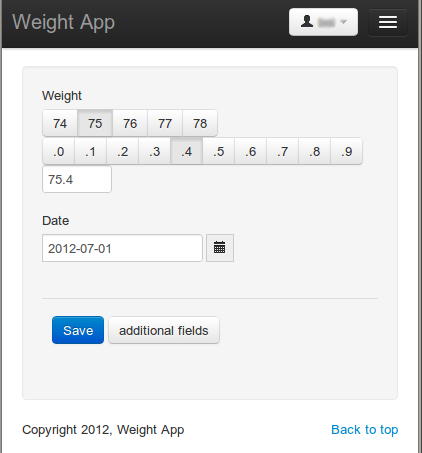IPv6 from tunnelbroker.net with my ddwrt based router
It's about time to get IPv6 at home. This was not as easy/obvious as I hoped. My provider doesn't give me IPv6 as default, so I have to use a tunnel.
First, the router. At home I have a Linksys WRT54GL 1.1 with dd-wrt. But not all dd-wrt roms support IPv6. In the table on the features webpage is a list of IPv6 enabled roms. I chose the newest rom for my router with voip from this site: https://secure.dd-wrt.com/site/support/router-database .
The second step is registering at Hurricane Electric to get a tunnel. The script and description in the ddw-wrt wiki about IPv6 was very helpful for getting the tunnel working. Some files are added by the script to /tmp which are really good for debbuging.
Show IPv6 addresses on linux desktop:
ip -6 addr show
Some links for testing the tunnel:
http://www.kame.net (the turtle should dance)
